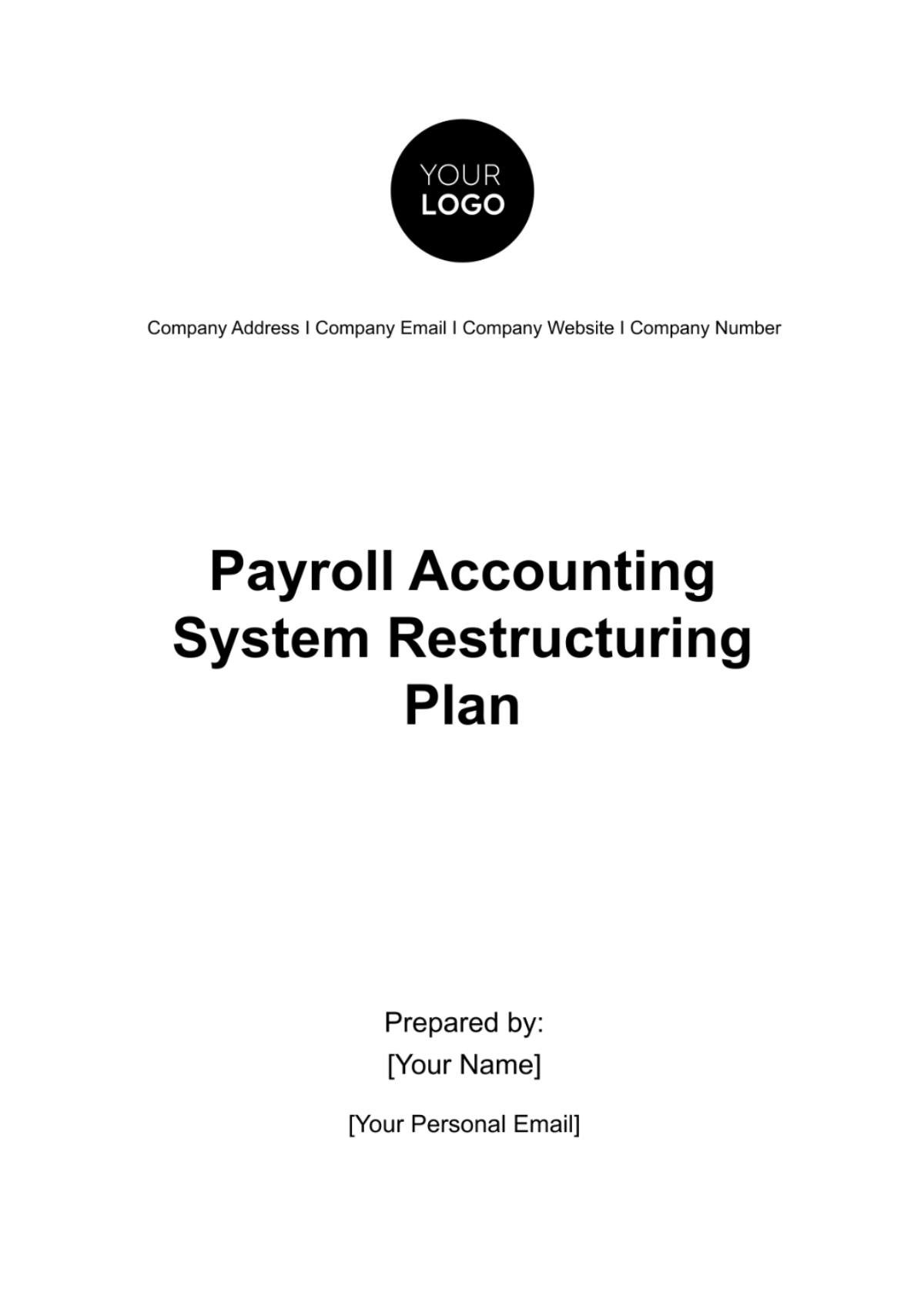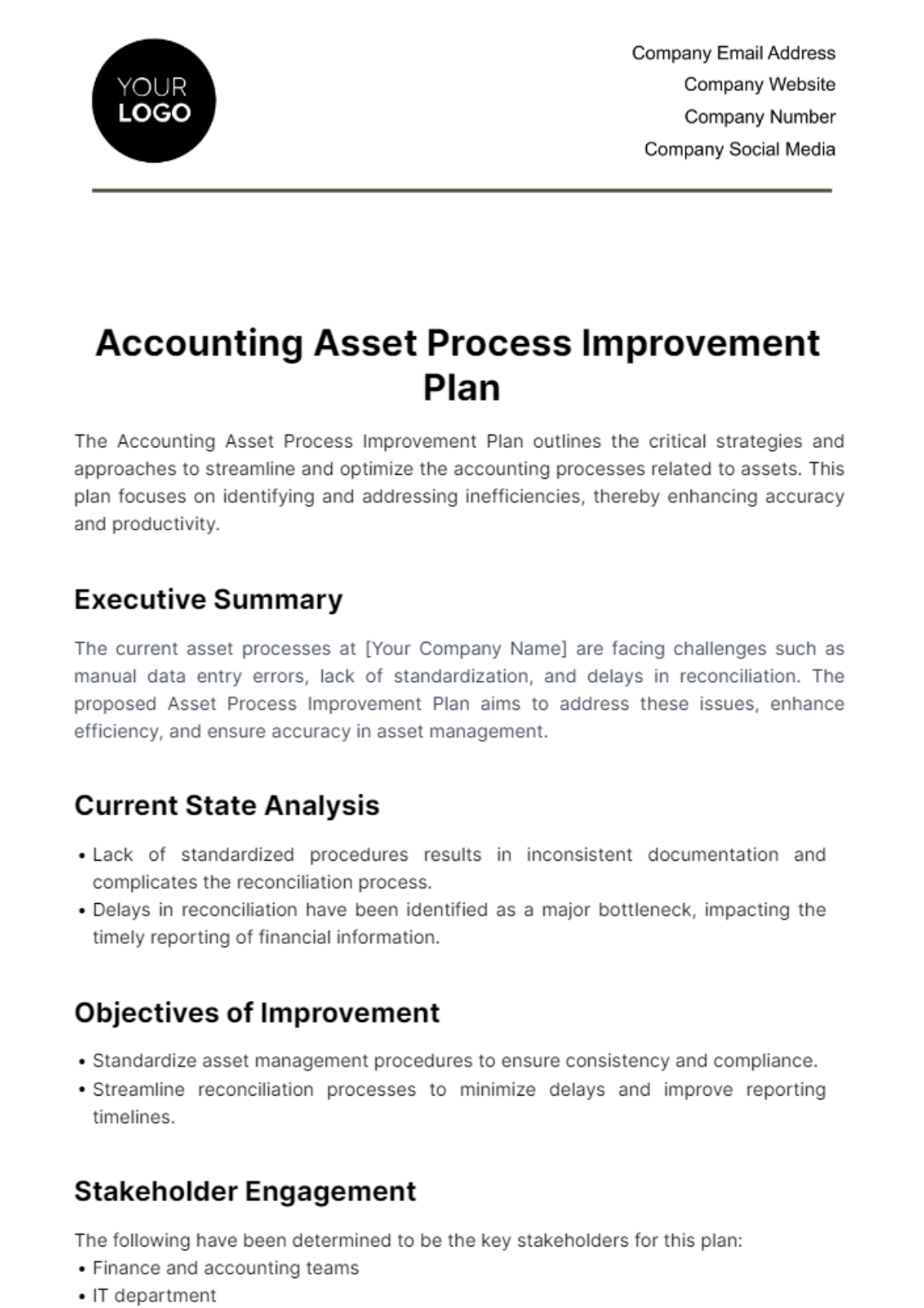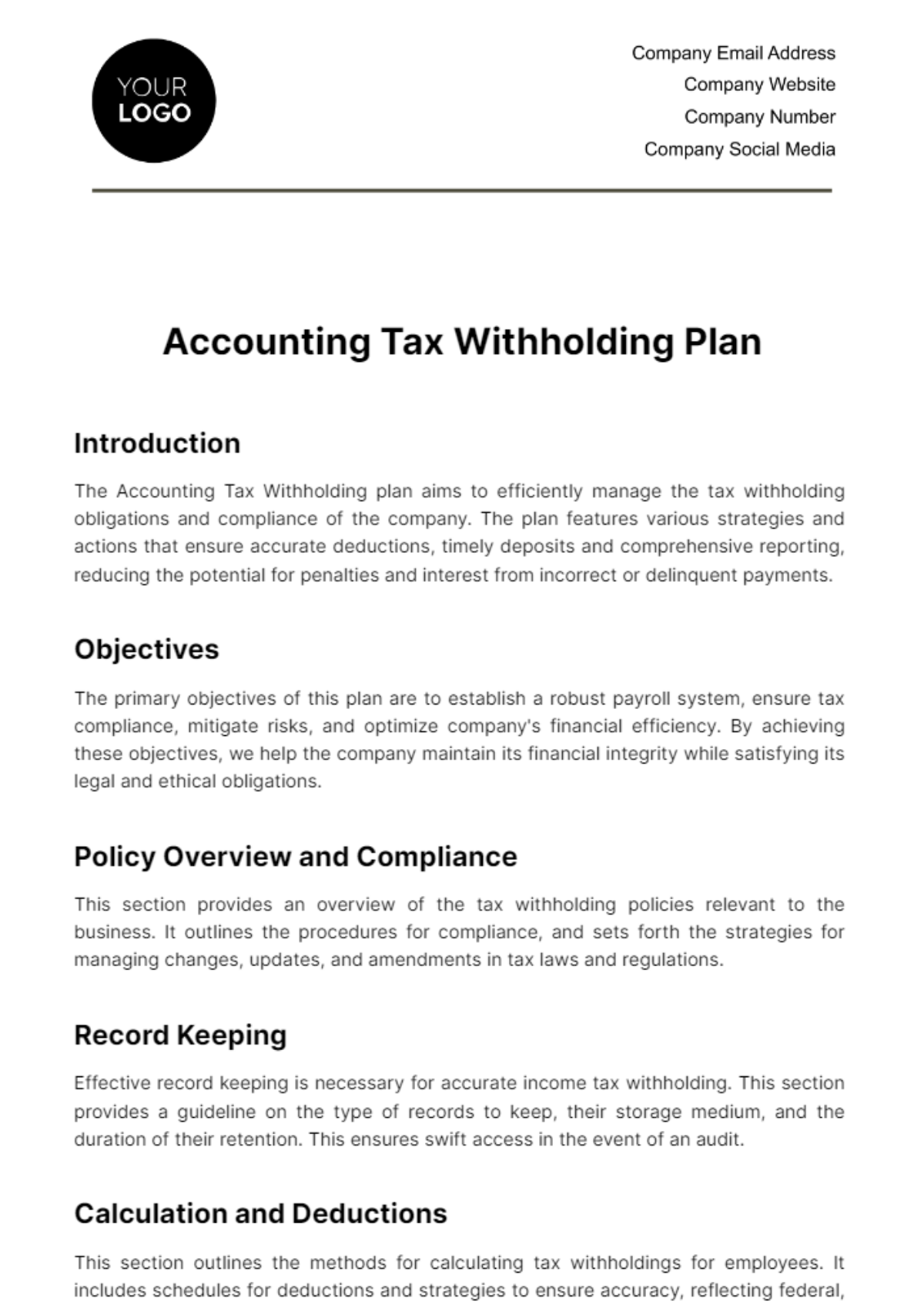Free Accounting Internal Audit Improvement Plan
Transform your audit processes with the Accounting Internal Audit Improvement Plan Template from Template.net. This editable and customizable tool allows seamless tailoring to your unique needs, ensuring effective internal audit enhancement. Utilize our Ai Editor Tool to effortlessly modify and optimize. Elevate your financial governance with this dynamic template, driving continuous improvement in your accounting practices.




























